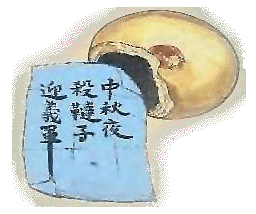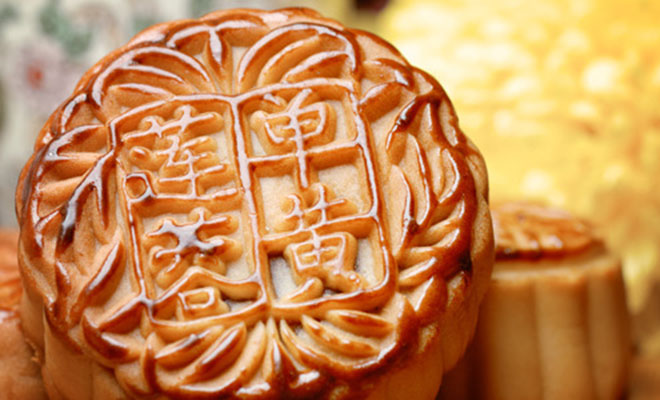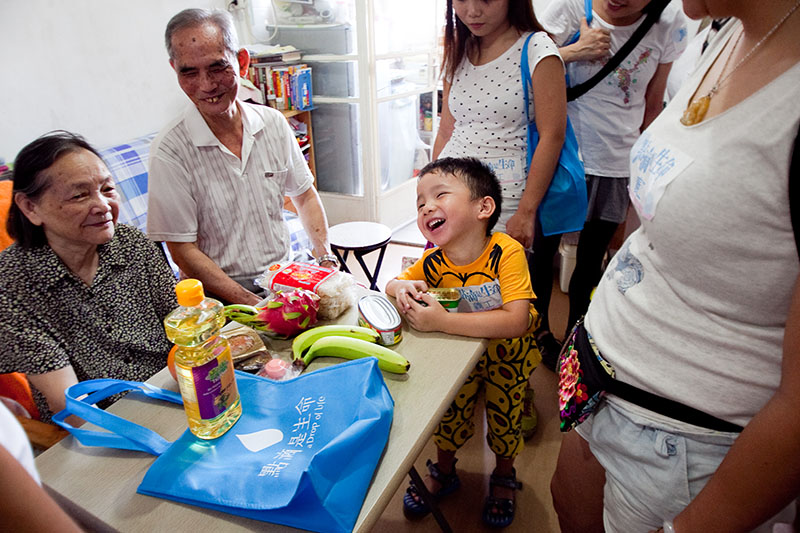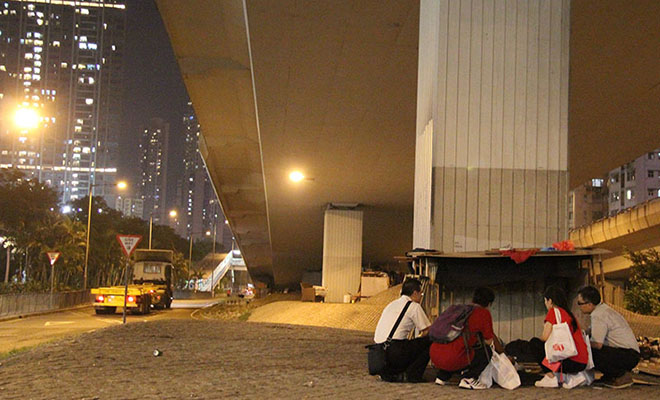By Localiiz
Branded | 27 March 2024
By Localiiz
Branded | 22 March 2024
By Localiiz
Branded | 12 March 2024
Copyright © 2024 LOCALIIZ | All rights reserved
Subscribe to our weekly newsletter to get our top stories delivered straight to your inbox.
[pro_ad_display_adzone id="73367"]
 As folklore goes, mooncakes were believed to have been used by Ming revolutionaries who used them to spread their political message in a plot to overthrow their Yuan Dynasty rulers (1279 to 1368). Slips of paper were baked into the cakes and were allegedly used to prompt rebels to rise up on the 15th day of the eighth lunar month, which is when the Mid-Autumn Festival is now celebrated. However, nowadays, you are only likely to find yolks from salted duck eggs inside these little pastries, which are offered between friends and family while celebrating the festival. Despite the evolution of the mooncake into what is now considered a harmless custom, it has nevertheless found itself at the centre of controversy in recent years. Not so innocent after all!
As folklore goes, mooncakes were believed to have been used by Ming revolutionaries who used them to spread their political message in a plot to overthrow their Yuan Dynasty rulers (1279 to 1368). Slips of paper were baked into the cakes and were allegedly used to prompt rebels to rise up on the 15th day of the eighth lunar month, which is when the Mid-Autumn Festival is now celebrated. However, nowadays, you are only likely to find yolks from salted duck eggs inside these little pastries, which are offered between friends and family while celebrating the festival. Despite the evolution of the mooncake into what is now considered a harmless custom, it has nevertheless found itself at the centre of controversy in recent years. Not so innocent after all!

Who would have imagined that mooncakes would be used as bribery? It sounds absurd, but it has been revealed that in recent years, luxury goods, precious metals, crystals, and plain old wads of cash have been stuffed into mooncakes, or slipped in their elaborate boxes, particularly in mainland China. The issue even became serious enough to attract the attention of global law firms such as Baker & McKenzie, which issued a corporate compliance guide called When is a Mooncake a Bribe? in 2012. The following year, global law firm Norton Rose Fulbright issued a set of guidelines, entitled Mooncakes – guanxi or graft?, advising companies to set strict rules of what is permissible to give, and to whom, in order to avoid running afoul of anti-bribery laws.
Since then, increasing numbers of companies have followed suit. In fact, mooncakes have been on the radar of Hong Kong’s Independent Commission Against Corruption since 2009, when a construction company director was jailed for two months for trying to bribe the police with 15 boxes of them. Unsurprisingly, the police returned them all.
In 2013, RTHK released a report on a practice called “mooncake gambling” in the city of Xiamen in the Fujian Province of China, which shed further light on the issue. It explained that "an influential official, or a businessman, receiving a box of mooncakes might often find something else inside – such as a high-end watch or gold coins." Evidently, some buyers didn’t even bother hiding the gold! And speaking of gold, the South China Morning Post reported in 2012 that a China Merchants Bank branch in Shanghai sold thousands of solid-gold mooncakes at 16,000 yuan each. Beijing finally cracked down in 2013, banning officials from using public funds for the purchase of mooncakes. The following year, the Central Commission for Discipline Inspection (CPC) encouraged mooncake tattle-tales, setting up a “special tip-off window” on its website for netizens to report the “squandering of taxpayers' money by civil servants”. It also warned that any officials caught violating the strict code would be “named and shamed” in a weekly report on the website. According to China Daily, on the very day the window opened, the CCDI revealed that 154 violations of the eight-point rules by officials had been reported in the previous week. By the end of June, 61,703 officials had been punished for breaching the rules.
So why do we keep on giving them? Ironically, the same survey suggests that while most people don't like to receive mooncakes, they don't have a problem giving them away as gifts in the name of "tradition". The main cause of the mooncake wastage is receiving too many as gifts – far more than can possibly be consumed. In fact, few younger consumers will eat more than their obligatory slice, even though new-fangled flavours like ice cream or chocolate have gained popularity. The second reason is that not all mooncakes can be eaten before the expiry date, so until we find a new way to show our affection around this time of year, it seems the cycle will continue.
 Donations reach the Tai Yuen Estate in Taipo. Photo credit: A Drop of Life.[/caption]
Donations reach the Tai Yuen Estate in Taipo. Photo credit: A Drop of Life.[/caption]
 The Salvation Army bring mooncakes to the homeless in Yau Ma Tei. Photo credit: The Salvation Army.[/caption]
Hong Kong based non-profit A Drop of Life, also collected 5,888 mooncakes and received another 1,500 from Maxim. These were delivered to the elderly, low-income families, and homeless people in Tuen Mun, Sham Shui Po, Shui Wai, and Sheung Shui, among others.
So, as you gear up for the most magical time of the year in Hong Kong, and look forward to strolling under the gaze of the moonlight and watching the Fire Dragon dance through the streets, you might want to reconsider reaching for that box of mooncakes in your local Wellcome. Remember, your nearest and dearest could be part of that 60 percent!
The Salvation Army bring mooncakes to the homeless in Yau Ma Tei. Photo credit: The Salvation Army.[/caption]
Hong Kong based non-profit A Drop of Life, also collected 5,888 mooncakes and received another 1,500 from Maxim. These were delivered to the elderly, low-income families, and homeless people in Tuen Mun, Sham Shui Po, Shui Wai, and Sheung Shui, among others.
So, as you gear up for the most magical time of the year in Hong Kong, and look forward to strolling under the gaze of the moonlight and watching the Fire Dragon dance through the streets, you might want to reconsider reaching for that box of mooncakes in your local Wellcome. Remember, your nearest and dearest could be part of that 60 percent!
[button color="blue" size="medium" link="https://localiiz.us4.list-manage.com/subscribe/post?u=c2964a434922598f5d8ee53ff&id=07d327a2e8" icon="" target="true"]Subscribe to receive our weekly newsletter[/button]
Top